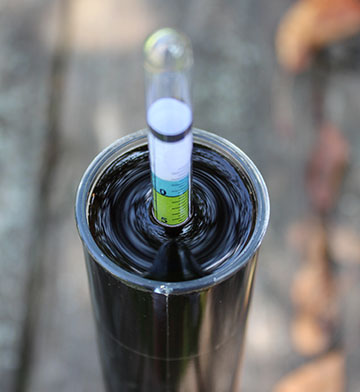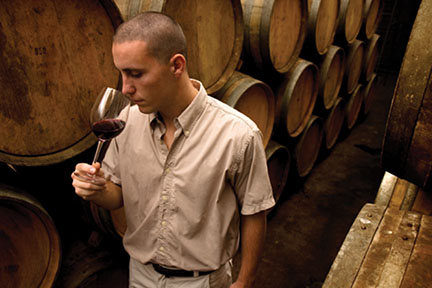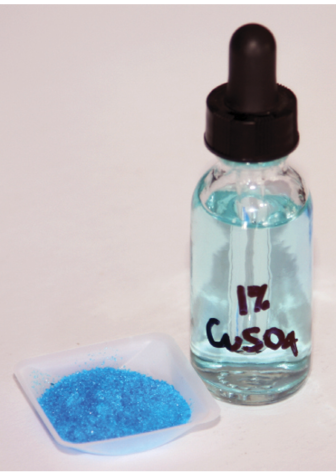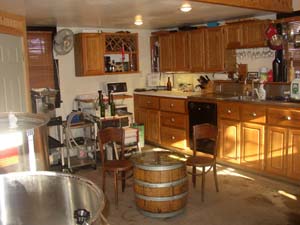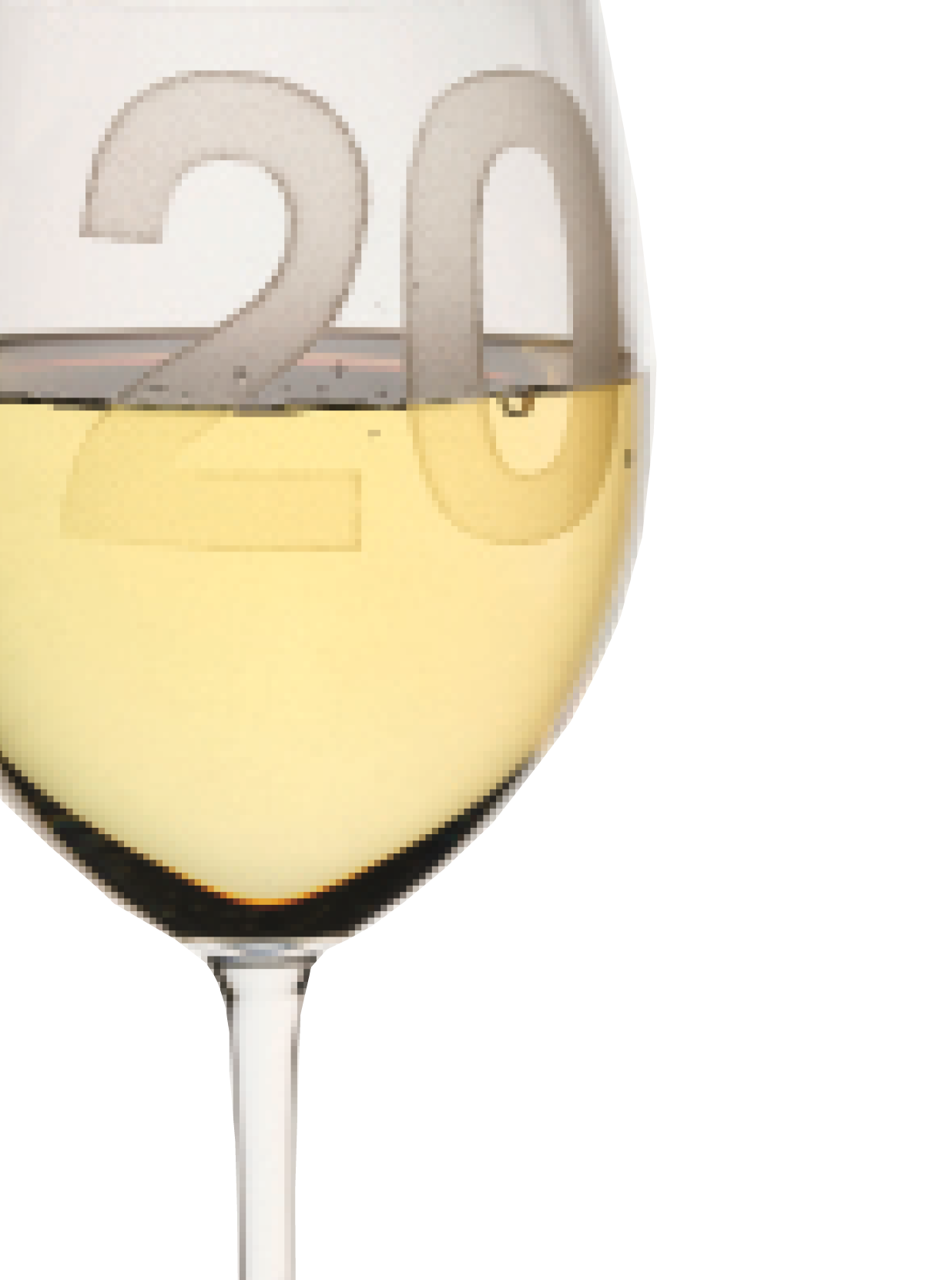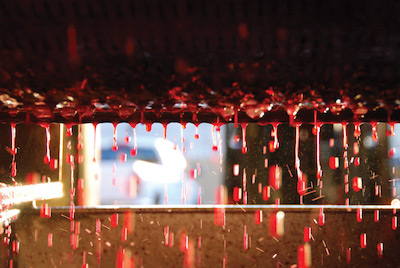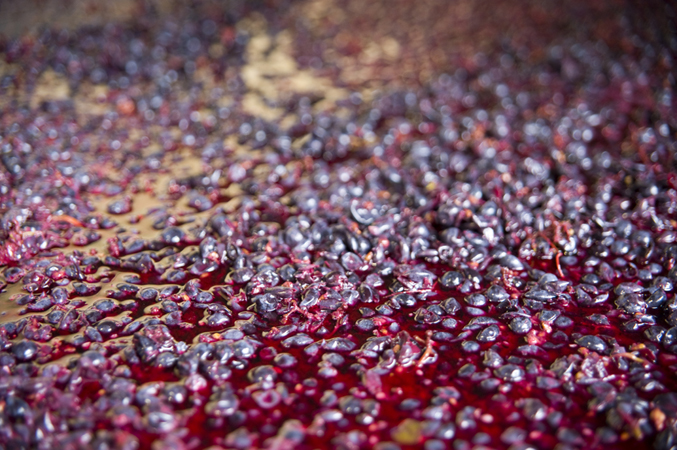Topic: Troubleshooting
Moldy Odor In My Wines
Would you be surprised to know that you may be doing absolutely nothing wrong? Even though you tried to sanitize your corks (assuming you are using natural corks and not artificial corks)
Restart Stuck Fermentations
All home winemakers wish — and strive — for fermentations that go smoothly and completely to the desired finish, usually dry wine. When things go wrong, a frequent problem is a stuck
Brettanomyces
If you’ve ever tasted a wine that had a funky “barnyard” quality to it, you already know what Brettanomyces can do. Find out how to prevent it in your home winery.
Controlling Brettanomyces: Tips from the Pros
Brettanomyces has been known to take hold of wines —and entire wineries — destroying countless hours of hard work that was put into creating these wines. However, there are also regions in
Volatile Sulfur Compounds and Hydrogen Sulfide in Wine
If you have ever encountered volatile sulfur compounds in wine, of which hydrogen sulfide is the most common, you know how repulsive the smell can be. Learn the causes and solutions.
Home Winemaking Quality Control
When the editors at WineMaker suggested quality control (QC) for a story, I was delighted to take it on. I have a long personal and professional history with QC and it infuses
20 Home Winemaking Troubleshooting Tips
In a notebook of fermentation hobby records, I have a lab report dated November 3, 1998. That soil pre-plant analysis from Fruit Growers Laboratory marked my start 20 years ago in becoming
Reductive Resolutions
Your question about how to avoid a swampy, reductive odor in your Chardonnay after bottling is an interesting one. For readers who may not be aware, “reductive” is a non-exact sensory term
Impact of Oxygen on Winemaking
Oxygen’s presence or absence at the various stages of winemaking can have extraordinarily important and lasting effects on what our wines taste like. Too much and you risk oxidation damage, too little and you risk reduction stink. The effects of oxygen on wine, much more so with red wines, may be the most complex and least understood part of the winemaking process.
Perfecting and Protecting Wine Color
It’s said that people eat and drink with their eyes, and when it comes to wine there is no exception.Find out how to create and protect the color of your red, white, and pink wines.
Re-Fermentation Issues
Let me put on my thinking cap. Indeed I think you are facing a re-fermentation and I’d bet that it is due to your 1% residual sugar, but perhaps secondarily to a
Troubleshooting Wine Kit Aroma
Before we finish shooting smelly troubles in wine kits we need to do a quick recap of the basics of troubleshooting: Almost all of these issues can be avoided if you carefully
Sweetening Wine Without Refermentation
Unfortunately, there are only so many options for preventing fermentation in sweet wines and they all involve some degree of sacrifice or difficulty. The list of “cons” is long compared with the
Sluggish Fermentations — Cabernet Franc
See my response here regarding general information about stuck and sluggish fermentations. Your wine is a lot closer to dryness (essentially 0 °Brix) than the previous reader’s sweetest lot, so I don’t
Adding Copper
As you’ve probably read in my columns and in the Winemaker’s Answer Book, though I like to “let wine be what it will be,” when it comes to potentially toxic things like
I accidentally made my sulfite solution at 20%. Is the wine still drinkable?
Since I don’t know what your “recommended” number was it’s impossible for me to know what a double addition is in this case. Therefore, you should definitely exercise caution before drinking and
Should I try using carbon dioxide whenever I rack to expel oxygen. Or should I bottle sooner?
I have to commiserate with you on the Sangiovese and oxidation dance. For some reason, this grape varietal seems to be especially prone to color (and related oxidation) issues. Much like Pinot
I have about 30 gallons (114 L) of Cabernet Franc in 5-gallon (19-L) carboys that have a small yellow ring in the neck. Do you have any suggestions?
The dreaded “ring around the carboy” strikes again! Quickie answer – your instincts are correct. I would rack to clean containers and, since you’ve already added SO2, and since I doubt your
How do I really know that my juice is Syrah, and are there Syrahs that don’t have that deep purple color?
You say you have a Syrah that is not purple, and how do you know it’s Syrah? To address your second question first, I would say you really have to trust your
I recently bottled a batch of Cabernet Sauvignon, which tastes fine but has an off odor.
I wish I could help you out with your off-odor issue a little bit more than I think I’ll be able to. Because you didn’t include many details about what your off
Tannin Myths and Methods
From modern wine chemistry labs to your home winery — what is known about tannins and how can winemakers control their impact on their wine? Research is debunking many widely-held beliefs about
What is the film forming inside my bottles?
I am making wine from my own grapes in Alpine, California and have noticed that occasionally a light film forms on the inside of some bottles. I am very meticulous about keeping
I have a half ton of Merlot… that seems to be getting some volatile acidity…
Short answer (and it might work if your volatile acidity (VA) level is low enough, say, under 0.55 g/L, depending on your sensory threshold) is to bump up your free SO2 and
Testing for Dryness, Empty Airlock: Wine Wizard
Testing troubles I’ve been frustrated with the use of Clinitest tablets for measuring the end point or final dryness in my homemade wine and have been wondering and reading about the use
Malolactic in Action, Lowering pH: Wine Wizard
Visual MLF? I’ve got about 5 gallons of Baco Noir that just finished fermentation. I live in the Finger Lakes region of New York and I understand that both the region and
